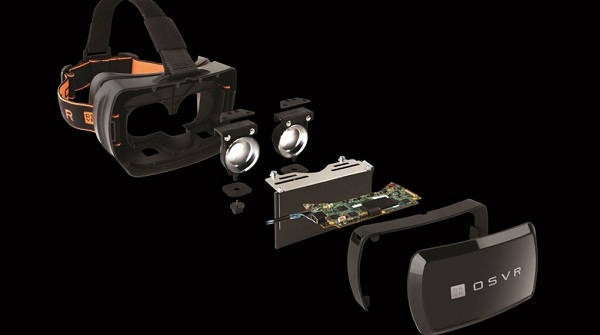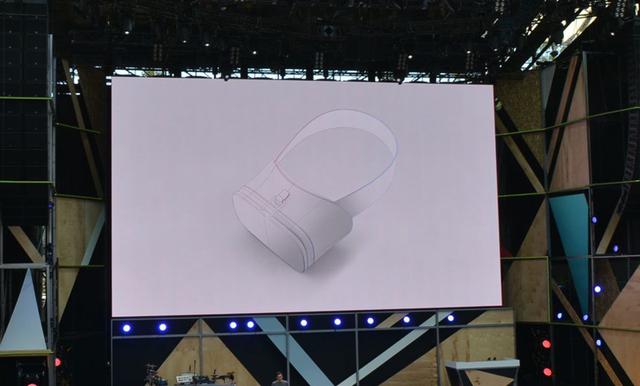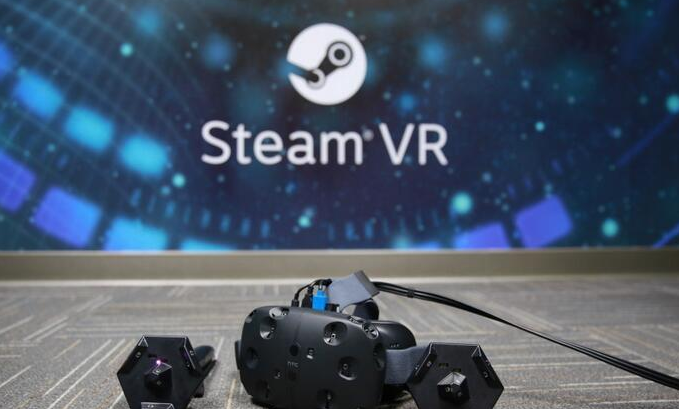I like VR, whether it's a simple Google Cardboard or a more technically advanced HTC Vive, they can all catch me.
After playing a lot of technology, we found that VR technology is the most impressive consumer technology. I still remember the way I tried Oculus Rift for the first time in 2013. It was just a relatively crude benzene demo, but it gave me an unforgettable feeling. Since then, I haven’t stopped talking about VR.

I pay close attention to the development of VR and I'm excited about what HTC and Oculus are doing, and of course Sony. Google, Samsung, Xiaomi, and other manufacturers are also serious about VR, not hype, and gimmickry.
To tell the truth, so many manufacturers are pouring in. I am also puzzled when I am happy. How many platforms and standards do we really need? I spent a lot of money to buy a VR glasses, but which platform is better for downloading AAA-level games?
I know that VR has only just developed, and chaos is inevitable. But you don't understand that feeling. Every time you feel that a set of standards has just been established, some people come up with new standards, and then you step on the previous standard.
In January 2015, Razer OSVR made its debut. It wanted to create a hardware and software ecosystem and create VR hardware and software standards. A few months later, many partners joined the OSVR platform, such as LeapMotion, Sixense, Untold Games and Virtuix; game engines such as Unity 3D, Unreal Engine 4, and HeroEngine also got on the train.
OSVR claims to be Android in VR.

Unfortunately, Google also has to do virtual reality in the Android platform. In May of this year, Google launched the Daydream VR platform at the Google I/O Developer Conference. This platform is divided into VR mode, heads-up and controller standard solutions and VR application store. The VR mode is the core layer and the mobile device must be Support this feature and upgrade to Android 7.0 nougat system to be compatible with the other two services.
To use Daydream VR, mobile phone manufacturers must comply with Daydream standards, such as mobile screens and sensors to meet Google's requirements, applications, Daydream VR certified phones will have Android VR Mode, in addition to Daydream Home store.
Prior to Daydream VR, Google launched Google Cardboard, which currently sells more than 5 million units. Google has never told developers, users or partners about the future of Google Cardboard. Now, what happened to the Cardboard platform after Daydream came?
At the Google I/O Developer Conference, Google announced several Daydream VR partners including Xiaomi, Samsung, Huawei and LG. Is there such a possibility, before the list is announced, Huawei and Xiaomi and other vendors are already working on a non-Daydream platform VR device.
As we all know, Huawei has launched its first VR - Huawei VR, millet also launched Xiaomi VR (the toy version), these two VR are not Daydream products.

The same is true for content platforms, Samsung Gear VR and Oculus Rift both use Oculus stores (Oculus users can also download applications from the SteamVRp platform). Samsung also has its own VR store, now called Samsung VR, formerly known as Milk VR. HTC Vive has more content platforms, Steam VR, Vive Home, and now a new Viveport. To be honest, following these platforms, I feel tired.
